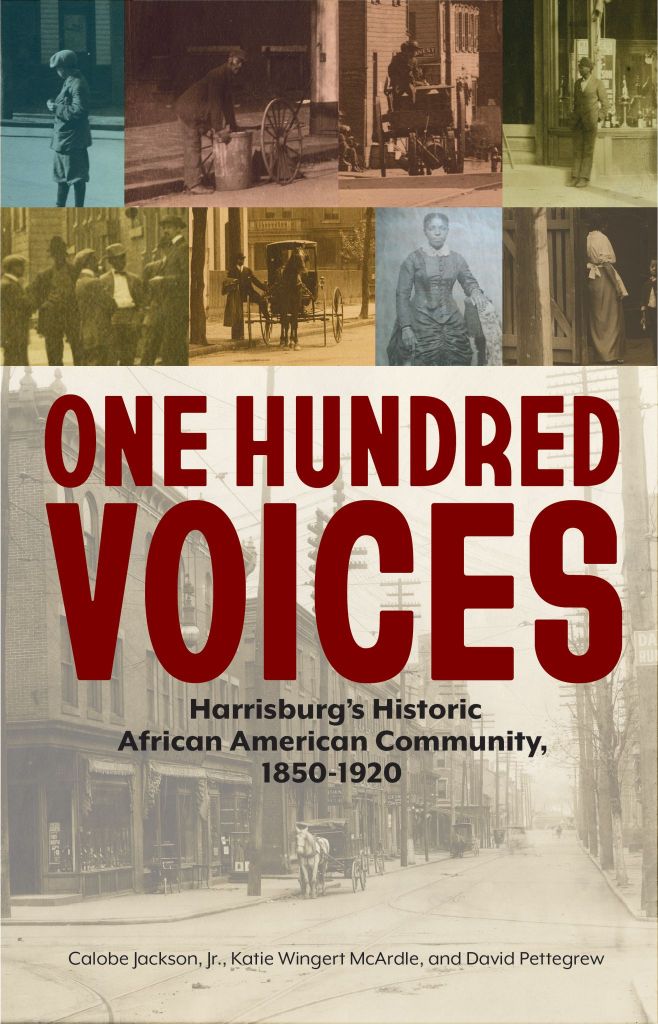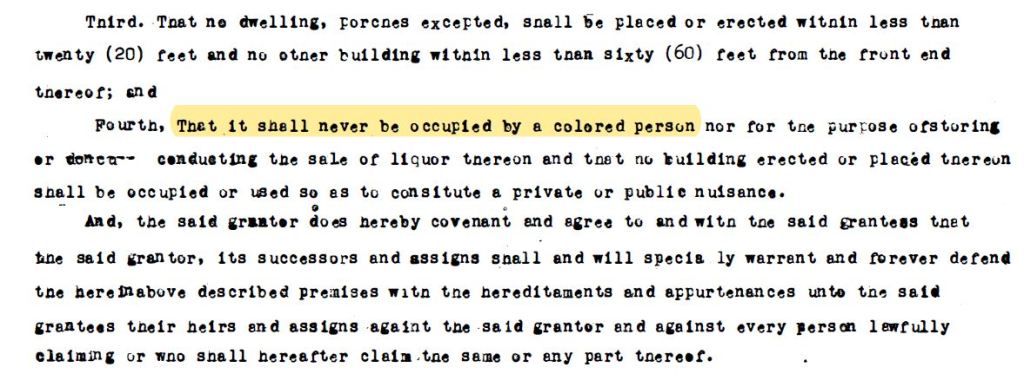We dedicate this exhibition to some of the key stories of ethnic and racial segregation, as well as individual resilience, that have shaped the history of south-central Pennsylvania over the last century.
Additional resources on Harrisburg’s racial histories can be found in our collections on the vanished Old Eighth Ward, interviews at Stories in Place, freely-available published articles, the project page for the Commonwealth Monument Project, recent media coverage, and the resources page.
One Hundred Voices

A digital book and exhibit devoted to one hundred leading citizens who, in advocating for freedom, equality, and justice, shaped Harrisburg’s African American community in the later 19th and early 20th centuries. Click on the book cover image to view the exhibit and download the book.
Redlined Harrisburg

Agents of the Home Owners’ Loan Corporation showed up in Harrisburg in 1935 to zone the residential districts of the city and surrounding communities into desirable and undesirable areas. Zoning hastened the pace of racial segregation and had long-term consequences for regional populations. Click on the map image to visit the Redlined Harrisburg page.
Restricted Harrisburg
As new houses were constructed in the city and suburbs of Harrisburg in the 1920s-1950s, they increasingly conveyed restrictions not only about fences and construction, but also about who could and could not live in the house. Click on the covenant below to visit the Restricted Harrisburg exhibit.

Home: Immigration, Discrimination, & Segregation
How did discrimination and segregation in housing come to affect the Harrisburg region? This exhibit, produced by faculty and students of Messiah University’s Center for Public Humanities, features posters on immigration, housing discrimination, and segregation in central Pennsylvania.

The Common Good: Equal Education for All?
What are the factors that have contributed to equitable and inequitable education in central Pennsylvania? This exhibit, produced by faculty and students of Messiah University’s Center for Public Humanities, features posters exploring the intersection of education with housing, religion, and race in the Capital Region.
